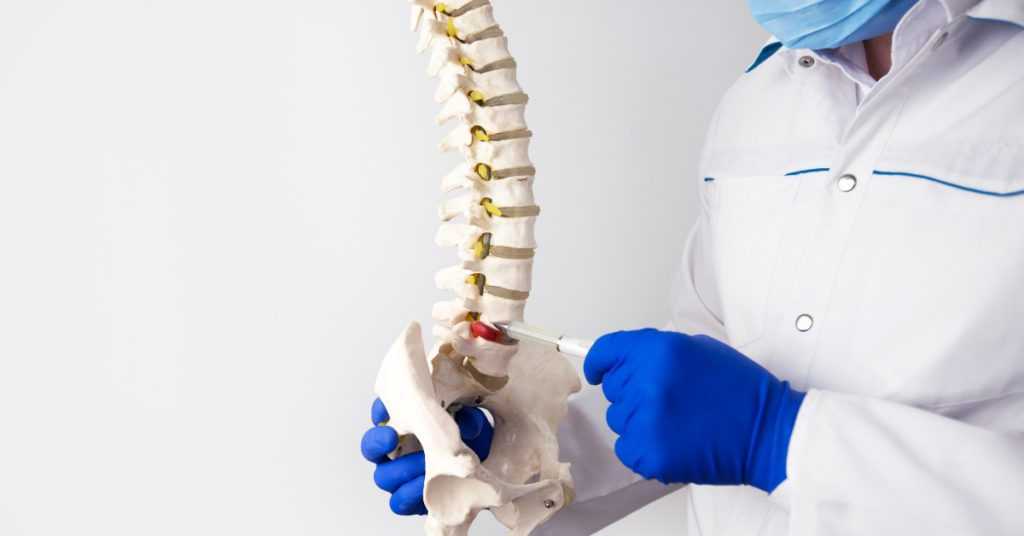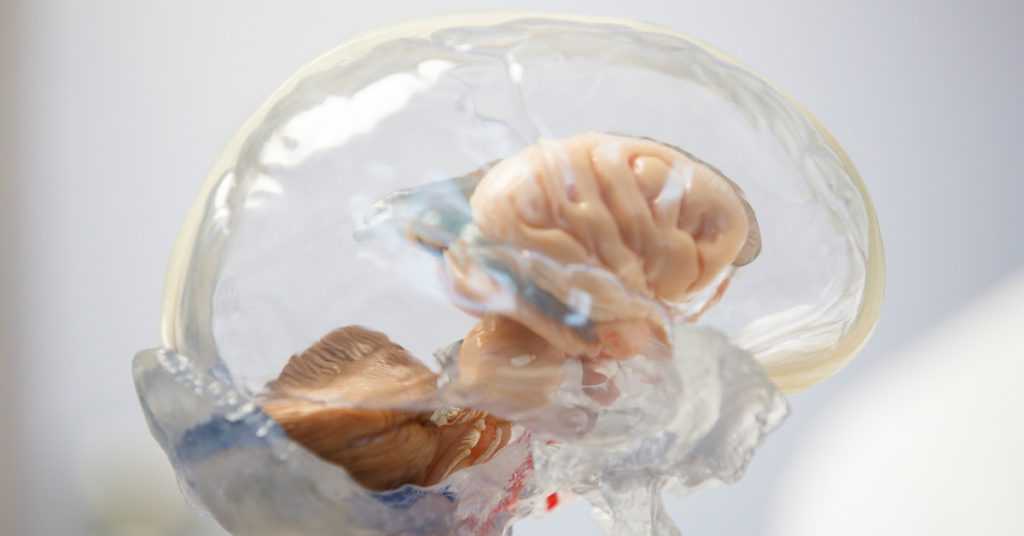“Sciatic Neuritis” which is also called sciatica, is generally used to describe symptoms of pain, tingling, stinging, numbness, and weakness that can radiate from the lower back to the foot. It is usually caused by a compressed nerve in the lower spine.
Often, the term “Sciatica” is confused with general back pain. However, sciatica isn’t simply limited to the back. This nerve is the widest and longest nerve in the body. It runs from the lower back, through the buttocks, and down the legs, ending slightly below the knee.
Causes of Sciatic Nerve Pain
Several spinal disorders can cause spinal nerve compression and sciatica or lumbar radiculopathy. The five most common are listed below :
-
- A Herniated Disc
- Lumbar Spinal Stenosis
- Spondylolisthesis
- Spinal Tumors
- Trauma

Herniated Disc
According to a study on Sciatica, 90% of the cases of sciatica are caused by the herniated disc with nerve root compression. A herniated disc material presses against the adjacent nerve root and compresses delicate nerve tissue, which causes sciatica. This compression can be on one side of your sciatic nerve and causes symptoms on one side of the body or both sides and causes symptoms on both sides of your body (bilateral sciatica).
The nerve root is not only directly compressed against the interior of the bony spinal canal by the herniated disc, but the disc material also contains an acidic chemical irritant (hyaluronic acid) that causes nerve inflammation. Simply put, disc herniation is a two-for-one deal that you don’t want. You can talk to the top neurosurgeons for spinal disc herniation in Pakistan if you still have it.
Lumbar Spinal Stenosis
Nerve roots branch outward from the spinal cord through neural foramina, which are bone and ligament passageways. Nerve roots pass through these openings, join to form nerves, and then branch out to the rest of your body.
These foramina become narrowed or clogged as a result of spinal stenosis, and the nerves are compressed. The loss of space within the canal is most commonly caused by disc herniation, but it can also be caused by other issues like:
- Injuries to your spine, such as dislocations from trauma or vertebral fractures
- The development of spinal tumors or an overgrowth of bone
- Thickening of ligaments that hold your spine together
Spondylolisthesis
Spondylolisthesis is a lumbar spine disorder that affects the majority of people. When one vertebra slips forward over an adjacent vertebra, it is known as scoliosis. The nerves or nerve roots below the vertebra are pressed when it slips and is displaced. This causes compression, which frequently results in sciatica symptoms.
Developmental spondylolisthesis can be present at birth or develop during childhood. Acquired spondylolisthesis, on the other hand, can be caused by:
- Spinal degeneration
- Physical stress from activities such as weightlifting or gymnastics
- Trauma such as from car accidents
Due to irritation of the facet joints, the patient will frequently complain an increased back pain when arching into an extension on physical examination. Simple plain radiographs, such as an X-ray, can often be used to make the diagnosis in the standing position.

Spinal Tumors
Spinal tumors are benign or malignant abnormal growths on the spine (cancerous). Most cancerous tumors are metastatic, meaning they have spread to the spine from cancer that originated elsewhere in the body. The following benign growths in the spine can compress the sciatic nerve:
- Aneurysmal bone cysts, which are not tumors, are blood-filled cysts that tend to expand quickly.
- Giant cell tumors are aggressive bone tumors that typically attack bones near joints, posing a significant risk to the spine’s 364 joints.
- Osteoid osteomas are small bone tumors that do not grow larger once they have formed. They can, however, result in the formation of new, unintended bone in the affected area or osteoid bone around the tumor itself.
Spinal tumors are, fortunately, uncommon. When a lumbar spinal tumor develops, there is a chance that sciatica will develop due to nerve compression.
Trauma
Sciatica can be caused directly by trauma in some cases. Motor vehicle accidents, falling, and contact sports are all examples (e.g., football). The nerves themselves may be injured, or fragments of a broken bone may compress the nerves.
Other types of trauma that can cause sciatica include pelvic fracture or hip dislocation (traction-induced sciatica), which causes nearby hamstrings to tear and irritate the sciatic nerve. It can also be caused by objects, such as a bullet or a knife, penetrating the body and cutting or tearing the nerve.
Your health should be your priority. So, if you are having bad sciatic nerve pain, it’s better to contact a neurologist before it gets too late.
FAQS
1. Why does Sciatica flare up at night?
Because lying down may increase pressure on the irritated nerve.
2. Does sciatica worsen in the morning?
3. Is bed rest good or bad for sciatica?
Book an appointment now, to answer all your queries. You can book an appointment with the top neurologists in Pakistan through Marham by calling at Marham helpline: 0311-1222398 or by online booking facility through the website or Marham mobile app.
Can’t Find The App?
Android Users:
https://play.google.com/store/apps/details?id=controllers.marham.marhammed&hl=en
Drop a review for us at Playstore if you’ve had a good experience!
iPhone Users:
https://apps.apple.com/pk/app/marham-find-a-doctor/id1095243102
Stay Home. Stay Safe!

